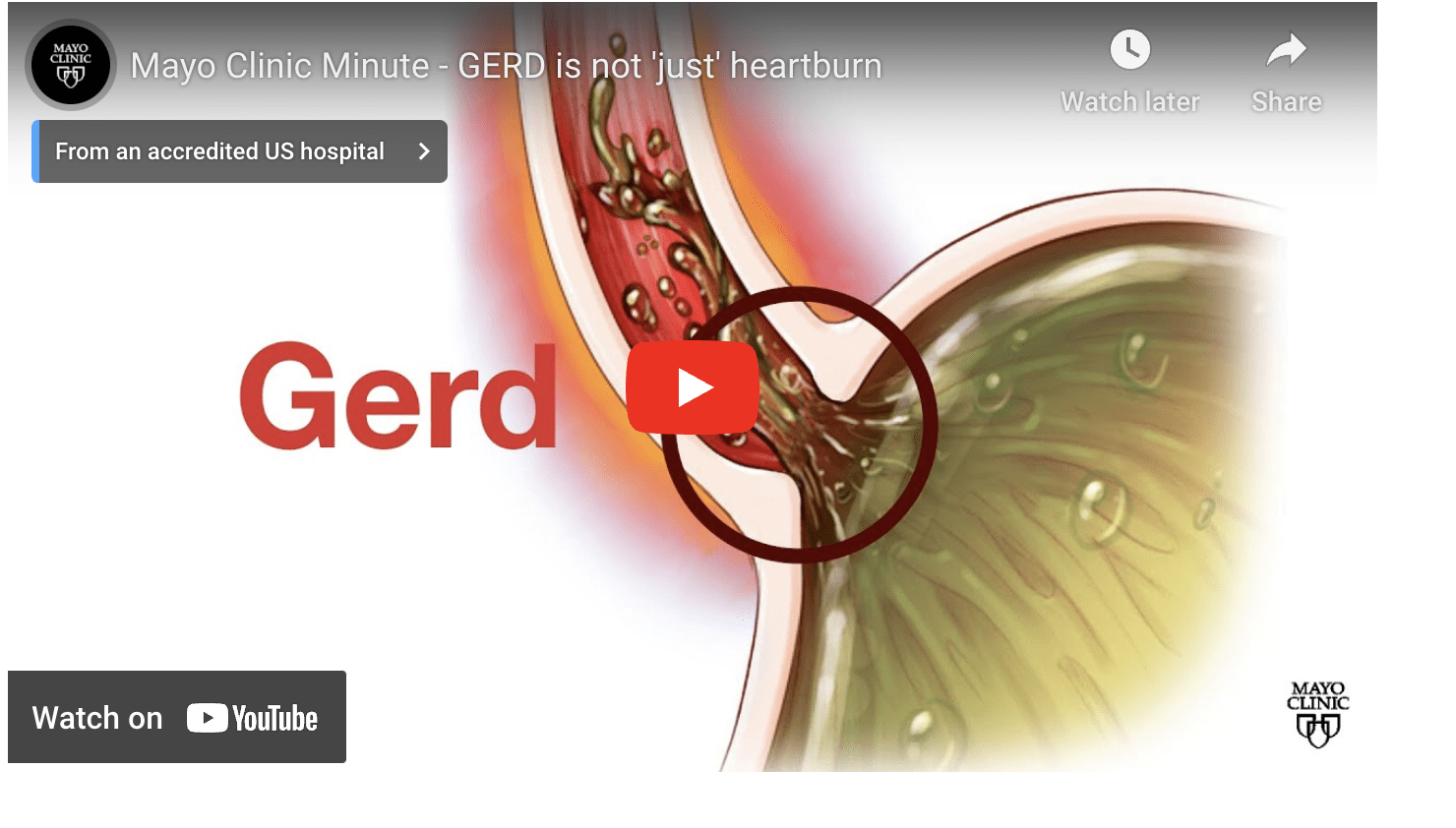Mayo Clinic News Network – Gastroesophageal reflux disease (GERD) is one of the most common digestive disorders in the world.
It happens when acid comes up from the stomach, which is acid-resistant, into the esophagus, which is less acid-resistant.
Dr. James East, a gastroenterologist at Mayo Clinic Healthcare in London, says GERD may be common, but there can be potentially severe complications if it’s ongoing and left untreated.
Heartburn — it’s the cardinal symptom of GERD.
“GERD, gastroesophageal reflux disease, is when you get acid and chemical damage to the lining of the esophagus,” says Dr. East.
You might feel a lump in the throat, have difficulty swallowing, have chest pain, a cough, or have worsening asthma-type symptoms.
“Complications of GERD include esophagitis, inflammation in the bottom of the esophagus,” says Dr. East. “If this is persistent, you can develop scarring and a stricture.”
But if it’s persistent and heals, the lining of the esophagus can change to a more acid-resistant form, which is Barrett’s esophagus.
“Barrett’s esophagus is a reasonably common complication of GERD,” he says.
It affects 10% to 15% of people with GERD. And a much smaller group faces another risk, says Dr. East.
“About 1 in 200 patients with Barrett’s esophagus per year will develop esophageal adenocarcinoma.”
There are innovative treatments for GERD and medications, like proton pump inhibitors. But first, avoid triggers, like coffee, alcohol and smoking.
“If you have severe or frequent GERD, you should seek medical advice,” advises Dr. East.
Learn more about Barrett’s esophagus:



